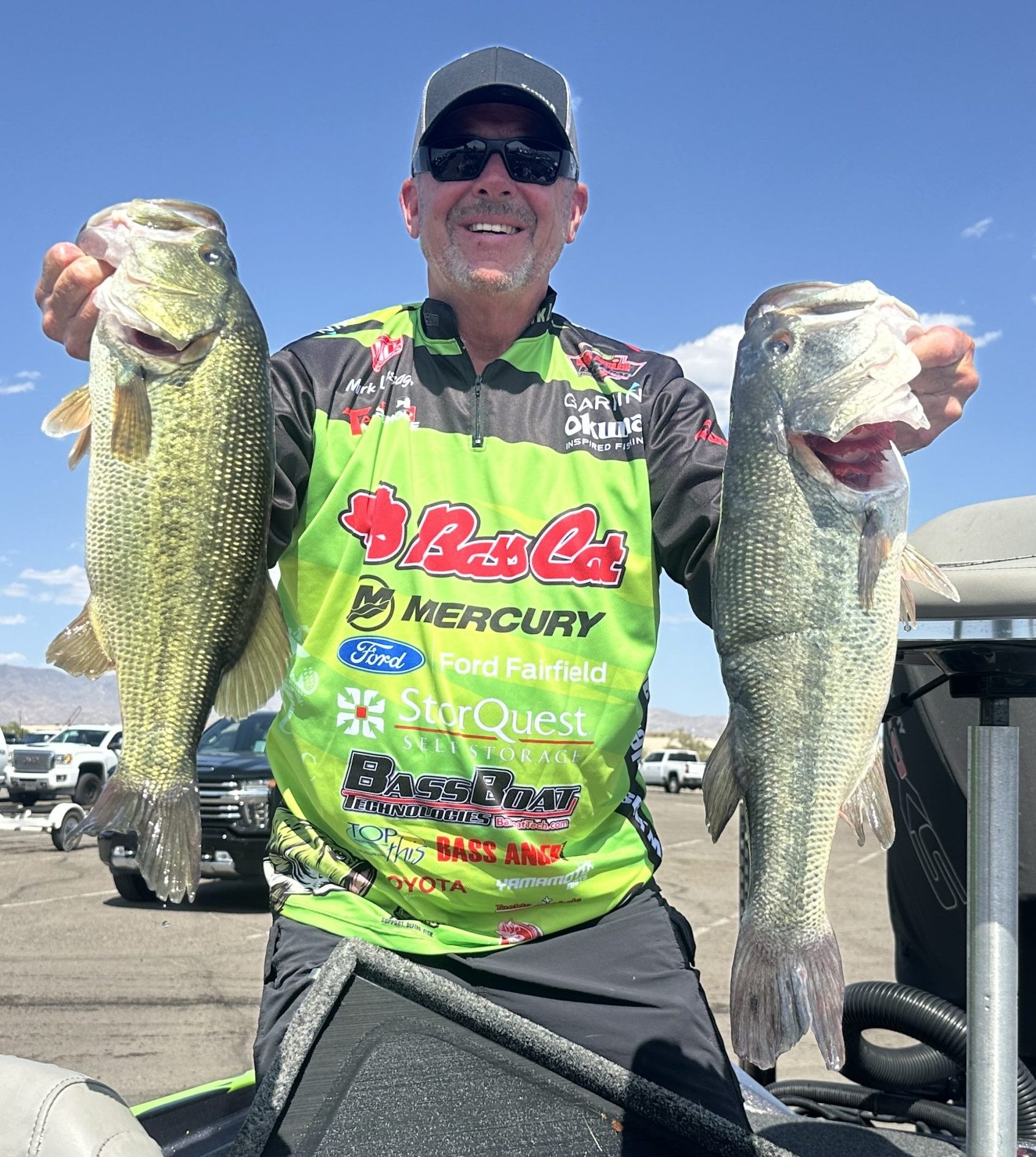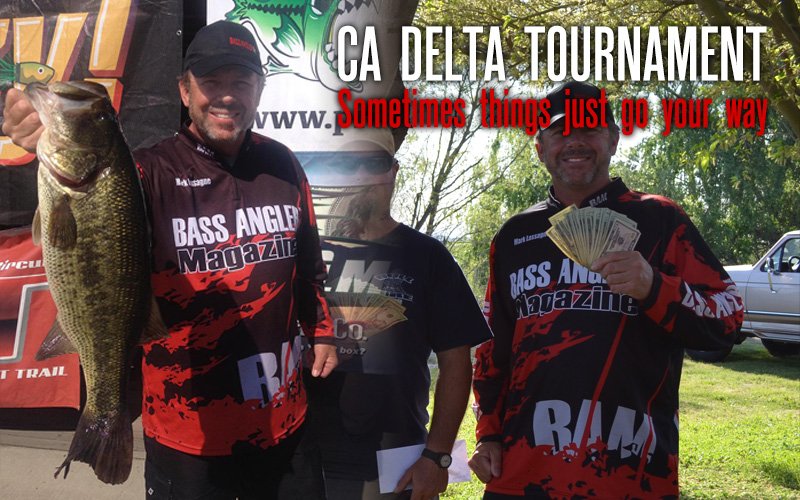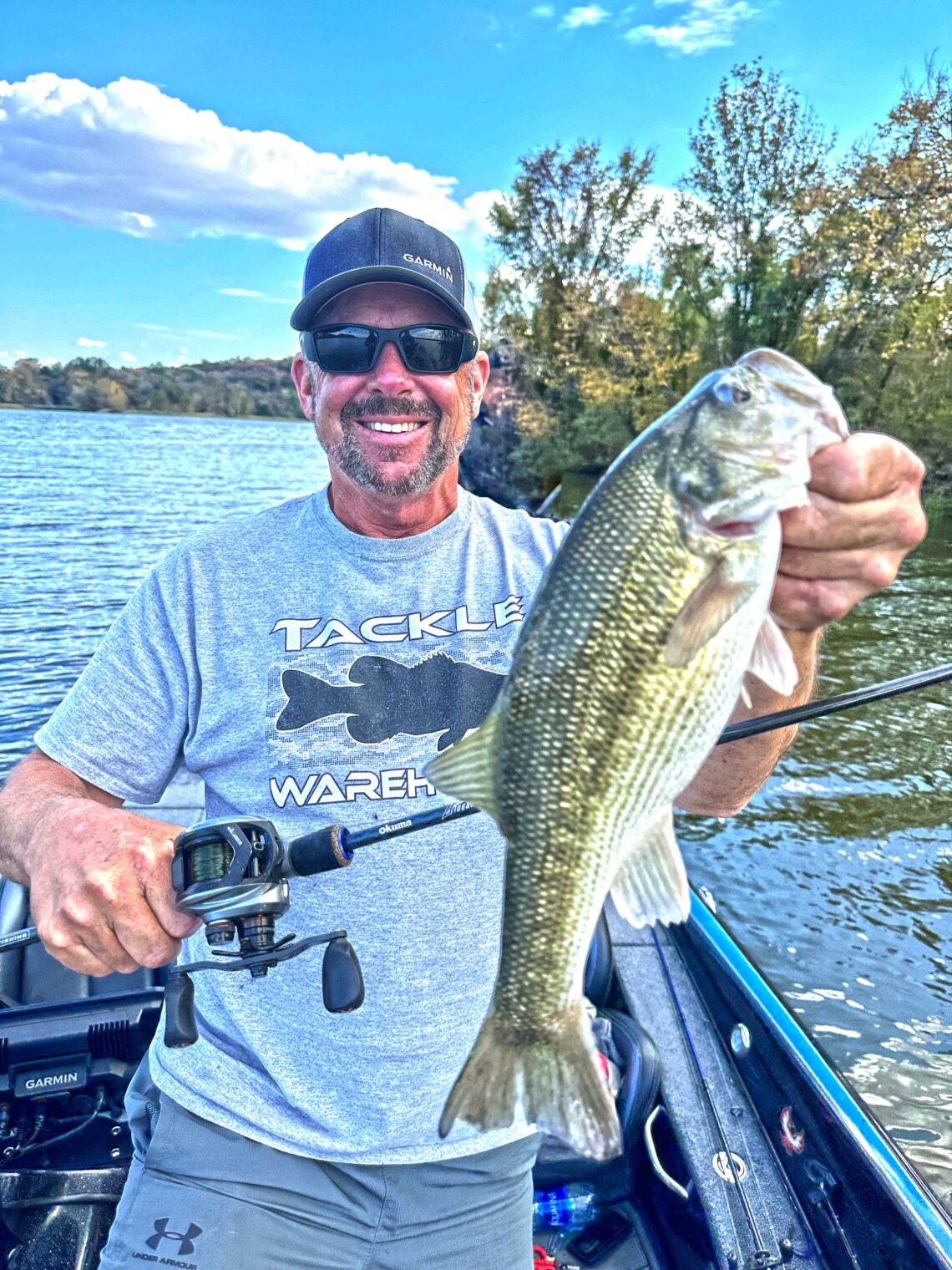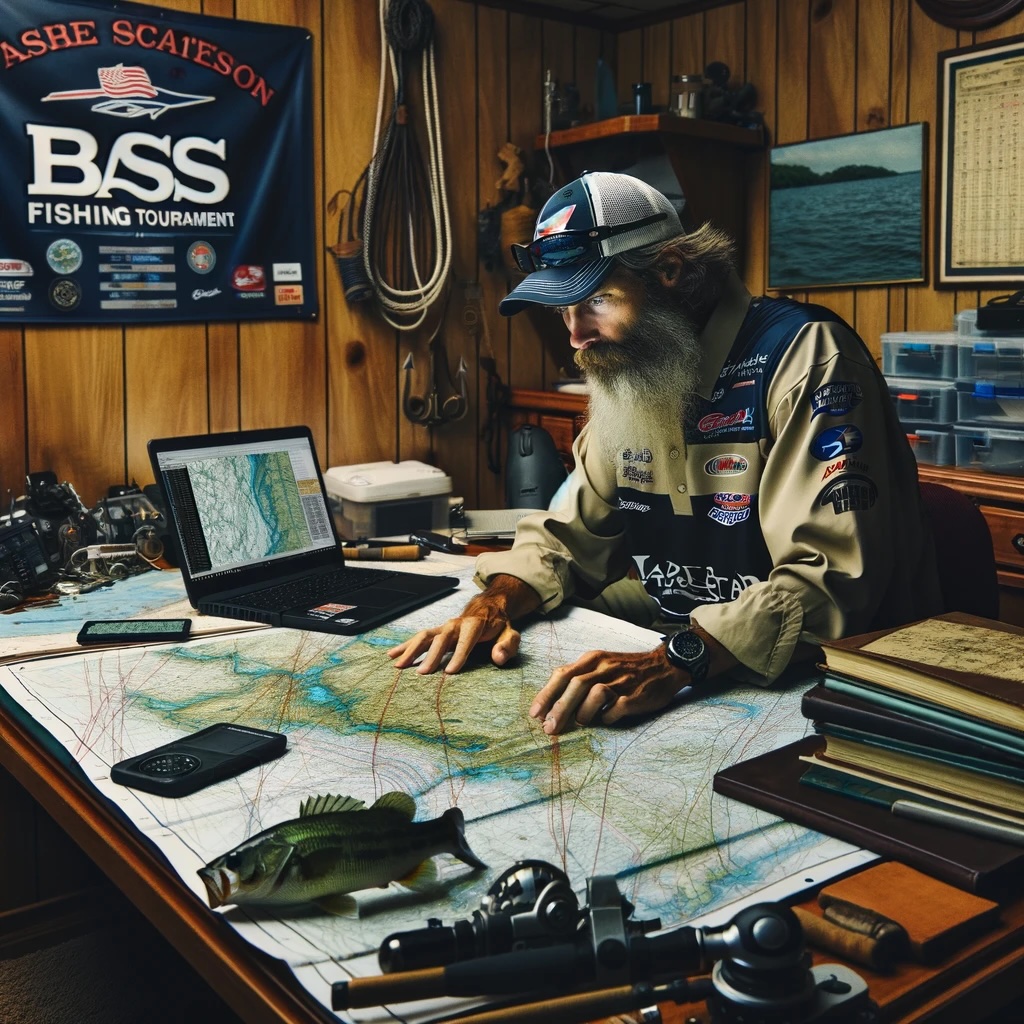
By: Charlie Weyer
Published with Re-Print Rights from Bass Angler Magazine
Spring time brings about confusion for a lot of anglers and rightfully so – it’s a time of year where a lot of variables are working against an angler. Weather, moon phase and even cold runoff generated hundreds of miles away can create havoc on a bite that’s been going on for weeks. Fish that are on beds can be forced off in mere hours or pre-spawn fish you located just two days ago could storm the bank. It’s a tough time of year.
Over the years, though, I have developed a set of methods that help me determine what stage the fish are in no matter what time of year it is. But, since we are approaching spring and the spawn, I want to concentrate on the methods I use during this time of year. Hopefully they’ll help you figure your fish out.
The Stages
There are three stages to the spawn; pre-spawn, spawn and post-spawn. The first two stages are dictated by water temperature and these stages can waver back and forth depending upon weather systems. Post spawn is doesn’t have as much to do with weather but the stage when most or al the fish in your body of water have completed the spawning process.
In any event, all three of these stages play a major role in an angler’s success and knowing which stage the fish are in can be a feather in your cap.
Water Temperature
As I stated above, water temperature plays the biggest role in knowing what stage your fish are in. For example, if your body of water is colder than 48 degree you can pretty much assume your fish are still in their winter stage. But, as soon as the water reaches 50 degrees, fish will move from their winter haunts and onto staging areas.
These areas differ depending on what type of lake you’re fishing. In shallow natural lakes, which warm faster than deeper reservoirs, the fish will move from the deeper holes and into shallow vegetation in wait for warmer water.
On the other hand, in deeper reservoirs, the fish will move onto secondary points or ledges and stage anywhere from 20 to 35 feet deep. These areas are also close to shallow spawning grounds such as flats or shallow shorelines.
In the event that a cold front hits during this period and the water temperature drops significantly, the fish will then move back out to their wintering areas and wait for the next warming period. Because of this, it is very important to pay attention to the weather.
Pre-spawn to spawn is dictated by yet another increase in water temperature and the type of lake will determine what that magical temperature is. Again, because the shallower natural lakes, as found in Florida, warm faster, the fish seem to commit to the spawn at a lower temperature – generally the 55-degree mark. In deeper reservoirs, though, the magic temperature that moves fish from their pre-spawn staging areas to the spawn areas is around 60 degrees.
But weather can have an affect on these fish and move them back out of the shallows.
In the reservoir situation, the fish during a cold snap will tend to move back out to their pre-spawn staging areas. The difference now is they won’t move as deep – unless the weather stays cold for a long period of time.
Fish in shallow lakes will do much the same, moving back into the thickest weeds they can find. This is because the thick weeds hold temperature.
Again, I can’t stress too much how important it is to pay attention to the weather during this period. A temperature increase or decrease of only two degrees can move fish up or send them packing for deeper water.
Signs
There are a number of signs that can lead you to understand which stage of the spawn the fish are in too. Pre-spawn fish, for example, are fat and healthy looking whereas fish that are either in the spawn or post-spawn will have rub marks on them or their tails will be well worn and bloody. Spawning fish are easy to pick out as they’re mostly caught in shallow water but deep caught fish need to be looked at to determine if they’re pre- or post-spawn.
Another way to determine what stage a fish is in is to see what it’s been feeding on. Pre-spawn fish have a penchant for protein-rich crawdads. Fish that are feeding on crawdads generally have banged up noses and their tongues are red. If you see any of these traits, you can be sure the fish are pre-spawn.
Post-spawn fish, on the other hand, will now start feeding on baitfish. This also brings up an important point – fish during the pre-spawn and spawn (at least in the west) are less apt to eat a surface lure whereas fish that are post-spawn will willingly eat a surface lure.
Other visual signs are visible beds (the fish are spawning) or shallow cruisers (bucks looking to make beds or guarding fry). In the last example, if it’s early in the season you can be sure these fish are up scouting for beds. In this case, I would target the deeper water adjacent to these areas and try for the bigger females that haven’t moved up.
In the case it’s late in the season, it’s harder to tell if the bucks are searching or protecting fry. This is when you have to make a concerted effort to look for fry balls. Again, I would look to deeper water to try and catch the post-spawn fish that have moved back to the secondary drops and points.
Other fish can also lead you to conclude what stage the fish are in and bluegills are a great indicator fish. Bluegills are always present shallow during these times but will spawn after the bass have left the shallows. If you see the bluegills are spawning, you can rest assured that the bas are in post-spawn.
Lake Layout
One thing about this time of year is every lake can have two or even all three stages of the spawn happening at the same time. This has to do with how long the weather has been conducive to the spawn but also has to do with lake layout.
Northwestern shorelines, for example will warm first at this time of year and will host the first spawn of the year. As the weather continues to warm, the fish in the rest of the lake will follow with those fish at the southeast end finishing last.
Theoretically, this means on any given lake at nearly anytime during the spawn an angler can pick the stage that suits him or her better. Personally, I try to stick with pre-spawn fish as long as I can because they weigh more and then transition to spawning fish until they run out.
The Moon
Moon stages also play a role in what stage the fish are in. Generally speaking, four days prior to and after both a new and full moon you can be sure there’s a spawn going on once the water reaches a temperature that promotes egg survival. This is normally in that 58- to 68-degree range for the first flight of spawners. But, as the water temperature gets warmer, a spawn can happen anytime between new and full moon phases.
Conclusion
As I have said, there are many factors and variables that can dictate what stage of the spawn your fish can be in. Water temperature is the most important indicator and will initially lead you to the right water depth and areas of the lake. After that, rely on visual clues from the environment and the fish to tell you where they’re at. And, don’t get caught in the rut of fishing yesterday’s fish – especially if the weather has changed.
These methods have helped me a lot over the course of my career and I hope they help you boat more fish and maybe even win your first tournament this season.
Accomplishments: FLW Series,2007 1st Place Columbia River, Kennewick, WA, B.A.S.S. Bassmaster Tour, 2004 1st Place Smith Lake, Jasper, AL, along with several top ten finishes between Bassmaster Elites and FLW Series with over $400,000 in career earnings.
Charlie is sponsored by: Triton Boats, Mercury Marine, Yamamoto Custom Baits, Logisseal, Lowrance Electronics, Seaguar, Tackle Warehouse, Powell Rods, Robo Worms and EZEE Jigs
Learn more about Charlie at www.charlieweyer.com





